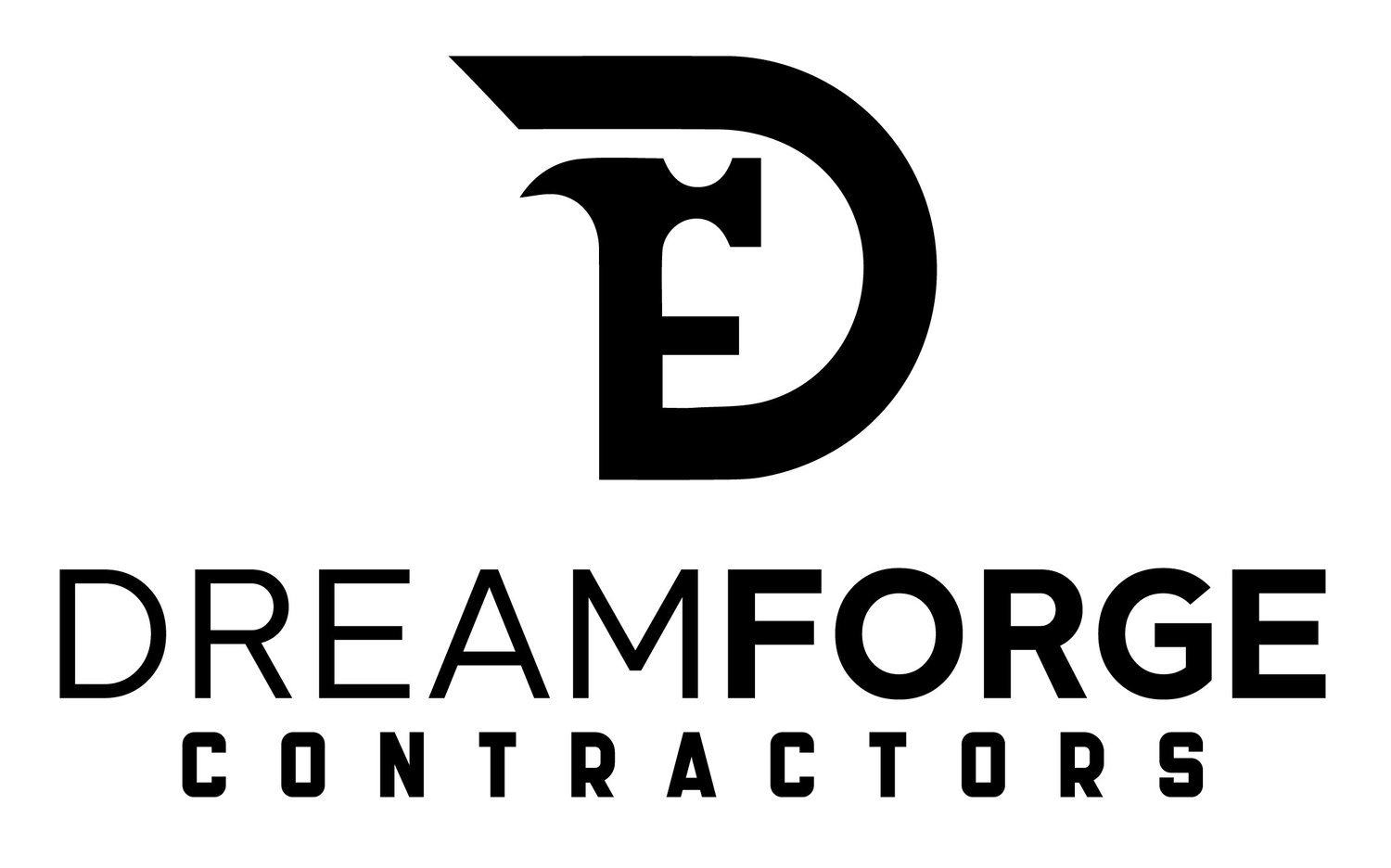3 Backyard Gazebo Options
In the Pacific Northwest the first thing that people ask for when they have us out for a design or build proposal is a covered space. Your options are either a roof extension or a free standing gazebo. In this article we’ll discuss the free standing option with three different price points. The three options we’ll discuss are Kit, Acrylic/Polycarbonate, and Custom.
Number 1: No one has sold more gazeboes than Costco. Why have they been so cost effective? Because they’re cheap! They are not poorly made, they’ve just stream lined the the materials with precuts and hardware to hold it together. Because it’s a kit you are limited in customizing it. Notice I didn’t say you cannot customize it, see photos. Their are a ton of products and brands, but we’ve been pretty successful with Yardistry and Sunjoy. The one place people get tripped up is they do not factor in the footings ($500-$750) and the installation of the gazebo ($1,200-$1,800).
Number 2: You have a lot of options for clear, see through, Poly, or Acrylic covered structure options. I am not going to go into detail on these as you will find low end plastic and aluminum you can DIY for under $2,000 and you have high end commercial quality structures you can buy and install for $50,000. The difference between expensive and cheap in this category is materials. Aluminum and plastic is cheap whereas Steel and glass panels will be expensive. When you’re weighing these options you need to think about longevity and resale value.
Number 3: A custom Cedar or Fir gazebo. The custom route offers several benefits that make it an attractive addition to outdoor spaces. Custom gazebos can range anywhere from $10,000 to $20,000 and above. Our gazeboes will feature 6”x6” posts and 2”x6” rafters at a minimum. I would not recommend using 2x4 and 4x4. Here are some of the advantages of having a cedar gazebo:
Natural Beauty: Cedar wood is known for its rich and appealing aesthetic. It has a warm, reddish-brown hue with natural variations in color that enhance the gazebo's visual appeal. The wood's grain patterns and knots contribute to its natural beauty. If you go with the Douglas Fir options you’ll save about 25% on materials. Keep in mind the trade off for using not using a hardwood.
Durability: Cedar wood is naturally resistant to decay, insects, and rot due to its inherent oils and compounds. This makes it a durable option for outdoor structures like gazebos, as it can withstand exposure to the elements without deteriorating quickly.
Weather Resistance: Cedar wood has natural properties that allow it to resist damage caused by moisture, sunlight, and temperature fluctuations. It doesn't warp or crack easily, which helps maintain the gazebo's structural integrity over time.
Aromatic Properties: There is nothing like fresh cut natural wood. Cedar wood has a pleasant and distinctive aroma that can act as a natural insect repellent. This can make spending time in your cedar gazebo more enjoyable, as it helps keep insects at bay.
Low Maintenance: Cedar wood requires relatively little maintenance compared to other types of wood. It doesn't need to be treated with harsh chemicals, and it can be left untreated to weather to a silvery gray color if desired. Periodic staining or sealing can help preserve the wood's original color and extend its lifespan.
Longevity: Due to its natural resistance to decay and insects, a cedar gazebo can have a longer lifespan than structures made from other types of wood. With proper maintenance, a cedar gazebo can last for many years.
Property Value: A well-designed cedar gazebo can add value to your property by enhancing its visual appeal and providing an additional functional space. Potential buyers often appreciate the aesthetic and practical benefits of a well-maintained cedar gazebo.
